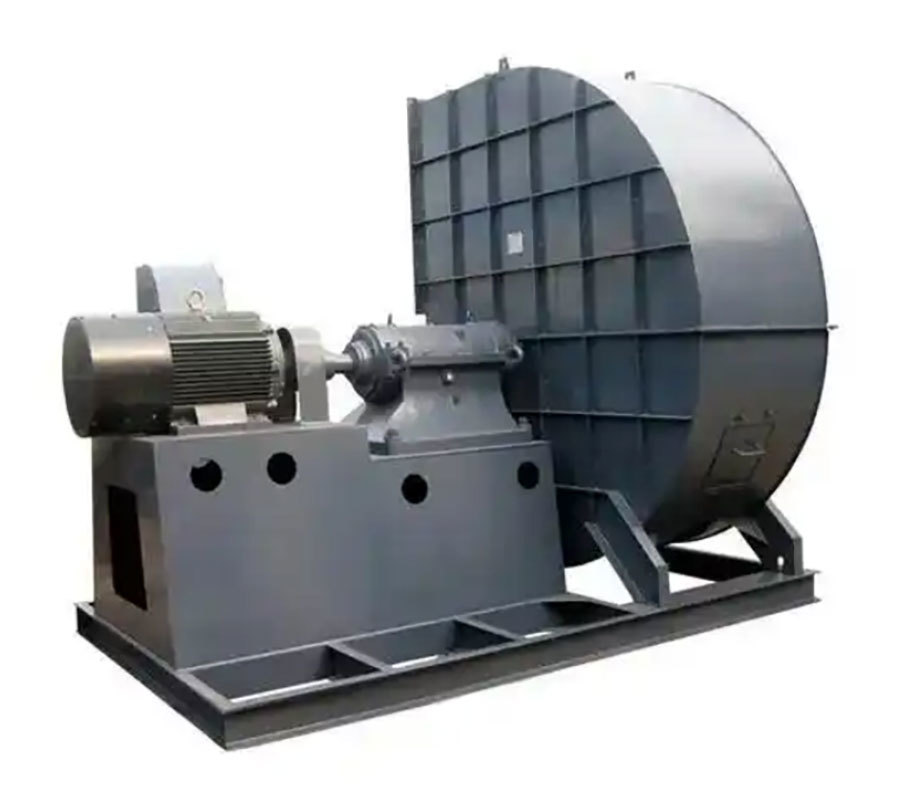Understanding the Electrolytic Lead Production Line: Innovations and Insights
Oct 09,2025

The Electrolytic Lead Production Line is designed to extract lead from lead-containing ores through an electrochemical process. This technology has become increasingly vital in the lead smelting industry due to its efficiency and environmental advantages. By employing electrolysis, the production line minimizes the release of harmful emissions and enhances the recovery rate of lead compared to traditional pyrometallurgical methods.
At the heart of the electrolytic lead production process are several key components, including an electrolytic cell, lead anodes, and cathodes. The electrolytic cell contains a lead sulfate solution, which serves as the electrolyte. When an electric current is passed through the cell, lead ions are released from the anodes and migrate towards the cathodes, where they are deposited as pure lead. This process not only ensures high-quality lead production but also allows for the recycling of materials, promoting sustainability in the industry.
One of the primary advantages of the Electrolytic Lead Production Line is its ability to operate at lower temperatures than traditional methods. This results in reduced energy consumption, leading to lower operational costs and a smaller carbon footprint. Additionally, the closed-loop system employed in these production lines minimizes waste, further contributing to environmental conservation.
Modern advancements in technology have also led to the implementation of automation and control systems within the Electrolytic Lead Production Line. These systems enhance operational efficiency by providing real-time monitoring and adjustments, ensuring optimal conditions for lead extraction. By incorporating data analytics and machine learning techniques, manufacturers can predict maintenance needs, thus reducing downtime and improving overall productivity.
Furthermore, the transition towards greener practices in the lead production industry has sparked significant interest in developing innovative materials and processes. Researchers are exploring alternative electrolyte solutions and advanced electrode materials to improve the performance and reduce the environmental impact of electrolytic lead production.
In conclusion, the Electrolytic Lead Production Line represents a significant evolution in the lead smelting process, offering numerous advantages in terms of efficiency, sustainability, and productivity. As the industry continues to innovate and adopt new technologies, understanding the intricacies of this production line will be essential for professionals aiming to stay ahead in the competitive landscape of industrial equipment and smelting solutions. By embracing these advancements, stakeholders can contribute to a more sustainable and economically viable future in lead production.
At the heart of the electrolytic lead production process are several key components, including an electrolytic cell, lead anodes, and cathodes. The electrolytic cell contains a lead sulfate solution, which serves as the electrolyte. When an electric current is passed through the cell, lead ions are released from the anodes and migrate towards the cathodes, where they are deposited as pure lead. This process not only ensures high-quality lead production but also allows for the recycling of materials, promoting sustainability in the industry.
One of the primary advantages of the Electrolytic Lead Production Line is its ability to operate at lower temperatures than traditional methods. This results in reduced energy consumption, leading to lower operational costs and a smaller carbon footprint. Additionally, the closed-loop system employed in these production lines minimizes waste, further contributing to environmental conservation.
Modern advancements in technology have also led to the implementation of automation and control systems within the Electrolytic Lead Production Line. These systems enhance operational efficiency by providing real-time monitoring and adjustments, ensuring optimal conditions for lead extraction. By incorporating data analytics and machine learning techniques, manufacturers can predict maintenance needs, thus reducing downtime and improving overall productivity.
Furthermore, the transition towards greener practices in the lead production industry has sparked significant interest in developing innovative materials and processes. Researchers are exploring alternative electrolyte solutions and advanced electrode materials to improve the performance and reduce the environmental impact of electrolytic lead production.
In conclusion, the Electrolytic Lead Production Line represents a significant evolution in the lead smelting process, offering numerous advantages in terms of efficiency, sustainability, and productivity. As the industry continues to innovate and adopt new technologies, understanding the intricacies of this production line will be essential for professionals aiming to stay ahead in the competitive landscape of industrial equipment and smelting solutions. By embracing these advancements, stakeholders can contribute to a more sustainable and economically viable future in lead production.
TAG:
Previous:
Contact Us
Company Email:
962452762@qq.com
Contact Number:
+8615670922562
Company Address:
No. 11 Plant, Tiantan Industrial Park, Huling Industrial Cluster, Jiyuan City


